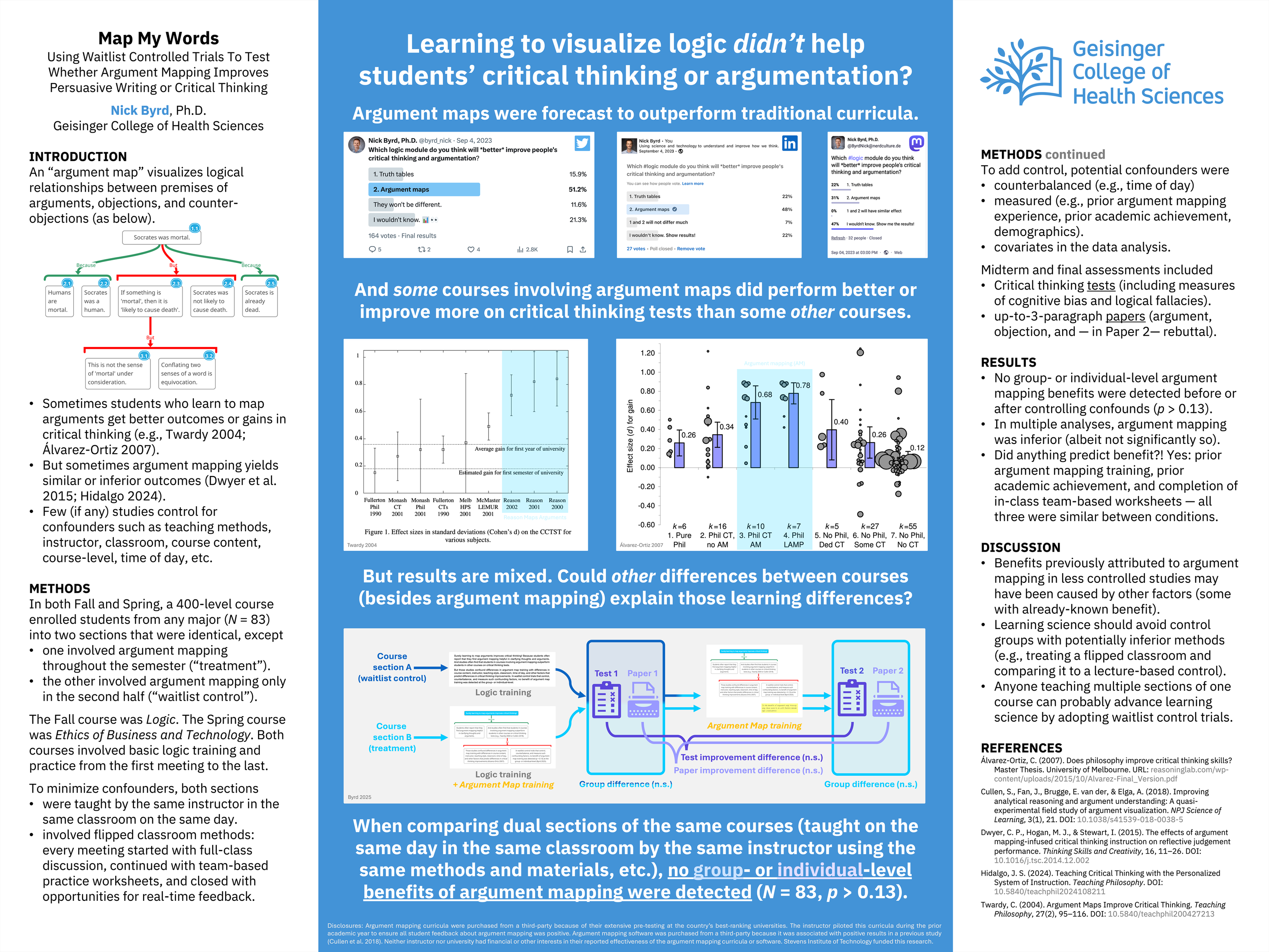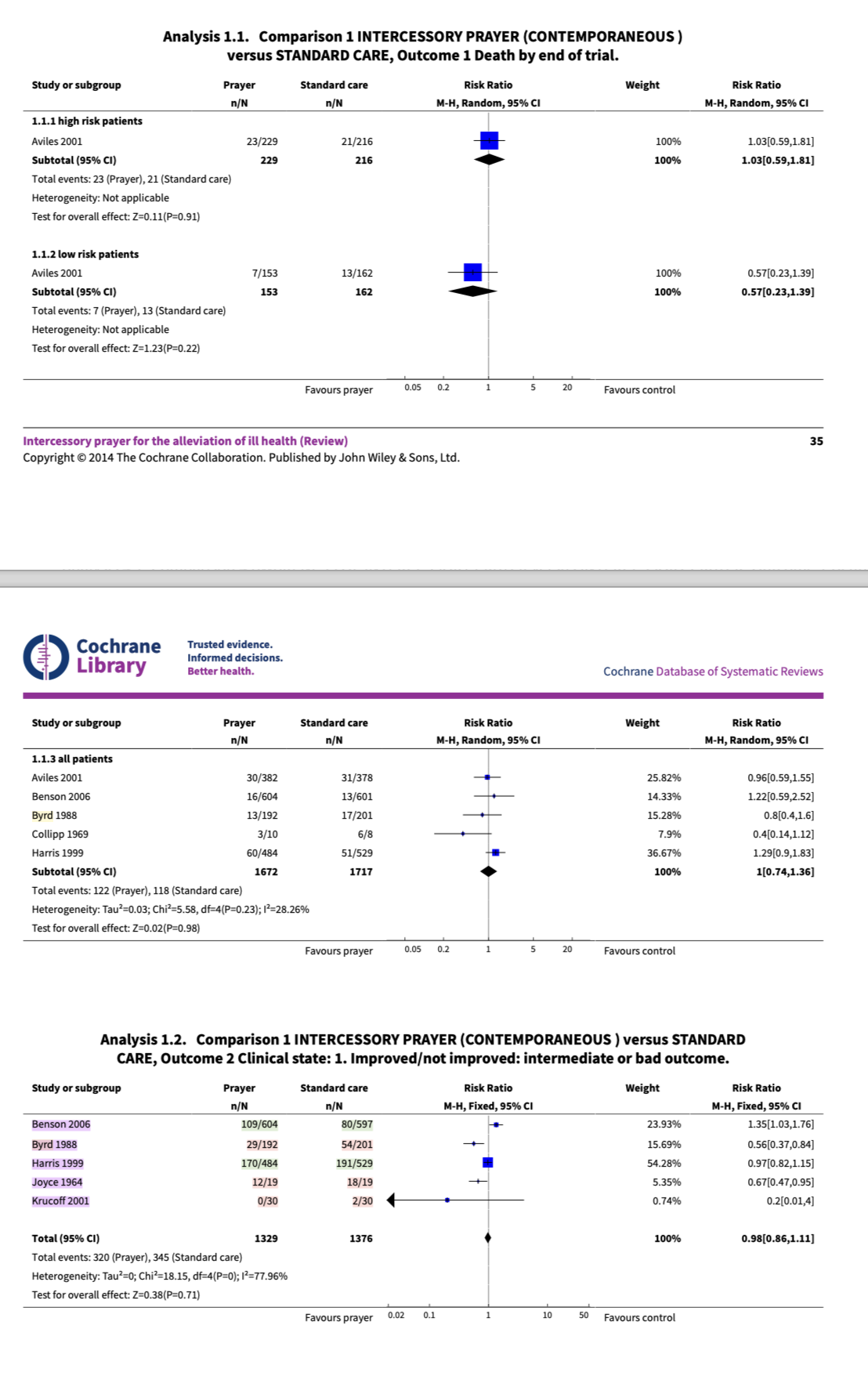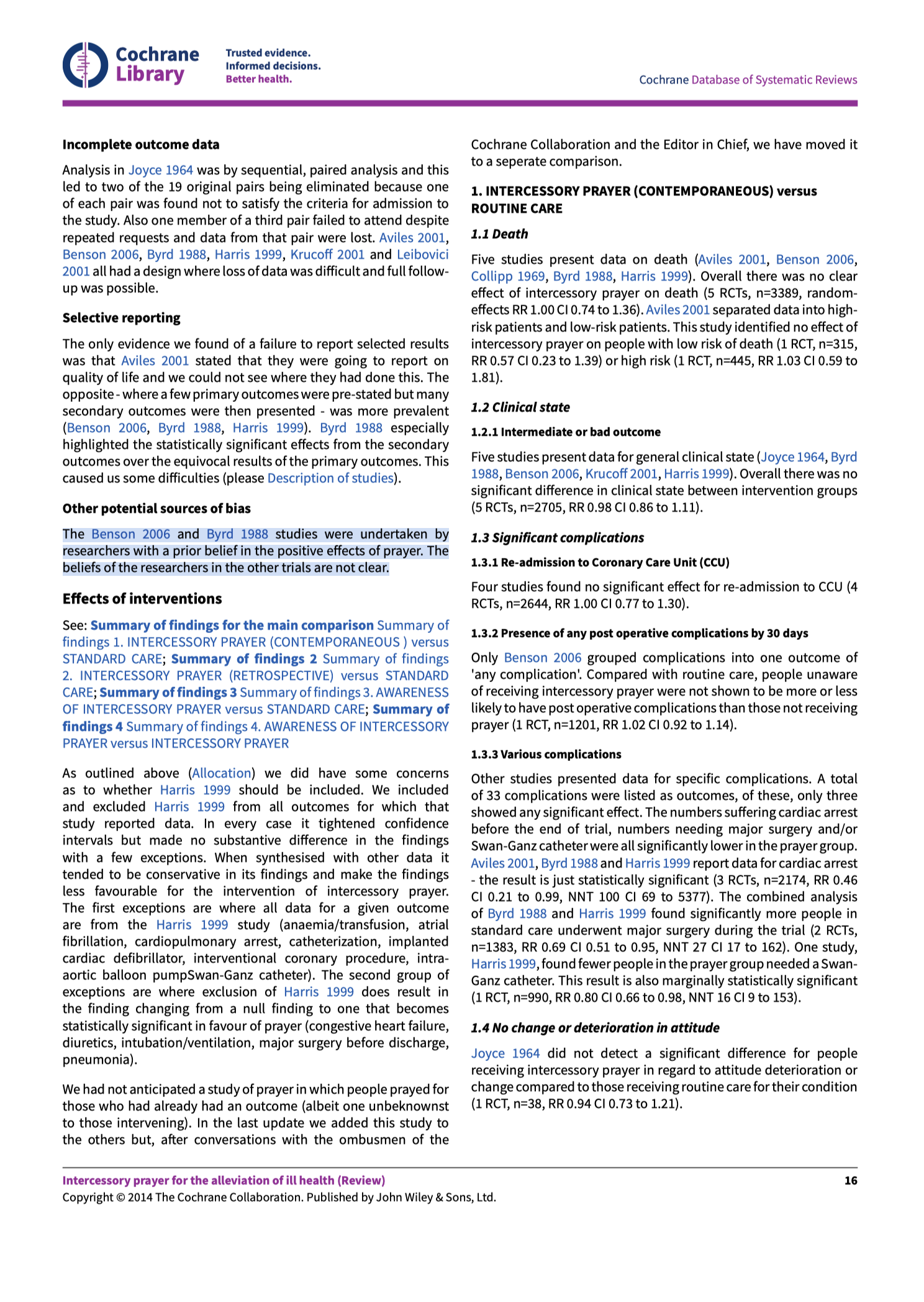From Nao Tsuchiya @ Monash University
YouTube videos for the 2025 summer school for Qualia Structure & Integrated Information Theory
Dear all, (who contributed to our summer school projects in the past!)
We are starting to upload 2025 Qualia Structure IIT summer school lecture videos in this Youtube Channel
https://www.youtube.com/watch?v=cwPGZ1CacVU&list=PLEP8weJRxEPbn_D22O-RmWIZbxOPDO-Vu
PLEASE spread the words to your local networks (email list, social media, etc).
It would be really great if we can reach STUDENTS (from high school to PhD), early career research or more. (Nowadays, it's very difficult to reach the relevant audience!)
We are particularly interested in reaching the younger generation, who might be interested in joining the future summer school (we will organize it again, possibly in 2026 Sep or 2027 Feb).
For those who have not been exposed to the basic and interdisciplinary consciousness research, Day 1 talk by Christof Koch will be a great introduction.
For those who are interested in Integrated Information Theory, the gentle introduction by Matteo Grasso will be particularly informative.
#connectionist #consciousness #videos #CognitiveScience #CogSci #Summerschool





